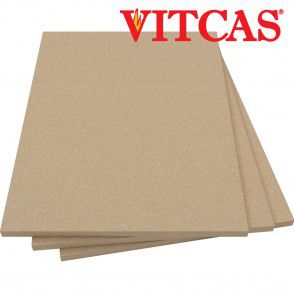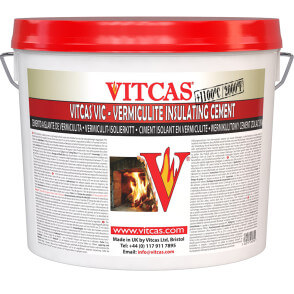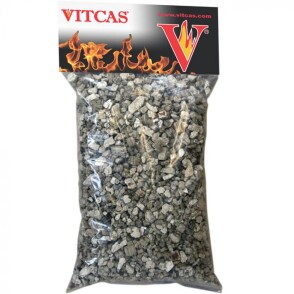Vermiculite Board & Cement
High-Performance Vermiculite Boards & Cement for Heat-Resistant Construction
Vermiculite is a phyllosilicate mineral that resembles mica in appearance. It consists of silicon, aluminium, oxygen, hydrogen, iron, and magnesium, and is found in regions including North and South America, South Africa, Uganda, Zimbabwe, Kenya, and Russia. It is typically extracted through open-cast mining. Due to past asbestos contamination-particularly in Libby, Montana-all vermiculite mines have been tested for asbestos since 1990.
History of Vermiculite
When heated, vermiculite releases moisture in the form of steam, causing the mineral to expand dramatically. This transformation, known as exfoliation, changes the dense flakes into lightweight granules that can expand up to thirty times their original size. The phenomenon was first documented in 1824 by Thomas H. Webb of Massachusetts, who had been experimenting with what was then believed to be a type of talc. He proposed the name vermiculite, derived from the Latin vermiculor, meaning "to breed or produce worms," a reference to the worm-like expansion of the mineral during heating. Despite this early discovery, no practical applications for vermiculite were found at the time, and commercial mining did not begin successfully until the 1920s.
Vermiculite Insulation Characteristics
Exfoliated vermiculite is lightweight, clean, safe, non-combustible, and has low thermal conductivity. It undergoes minimal shrinkage at high temperatures and can retain moisture. These properties make it highly versatile, with primary applications as insulation and a heat-resistant barrier. It is also used in horticulture to retain moisture and nutrients, in acoustic panels to reduce sound transmission, and in packaging to protect fragile items or contain hazardous materials.
Applications
When mixed with a polymer adhesive, vermiculite can be pressed and shaped into vermiculite boards. These boards resemble plasterboard in appearance and can be cut, drilled, and shaped using standard carpentry tools. Heat-resistant adhesives are available for fixing the boards to brick or blockwork and for sealing joints.
In thermal insulation and high-temperature applications, vermiculite boards are used in the interiors of fire doors, to create fire barriers, and to protect structural steel, metal ducts, and pipes within buildings. In industrial settings, they are used to enclose and protect steel or to form shelving in kilns. Domestically, the boards are commonly used in fireplaces and to line areas around wood-burning or other solid fuel stoves, range cookers, and any location where building regulations require a safe distance between heat sources and combustible materials.
For stove installers, vermiculite boards offer multiple practical uses. In homes without an existing chimney, the boards are ideal for boxing in a prefabricated flue. Within a traditional fireplace, vermiculite makes an effective register plate, supporting the flue liner and protecting the stove from falling debris. The boards can also be used to line the back and sides of fireplaces, including large inglenooks.
Boards with textured finishes or brick-like appearances can add a decorative touch, and they can be painted with heat-resistant paint to match the surrounding décor if desired.









